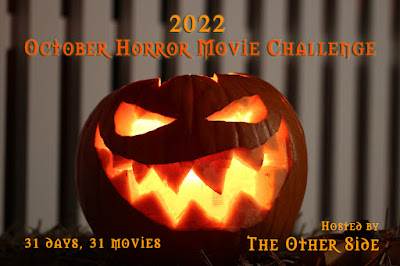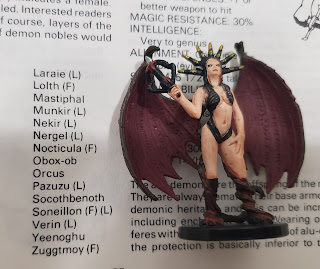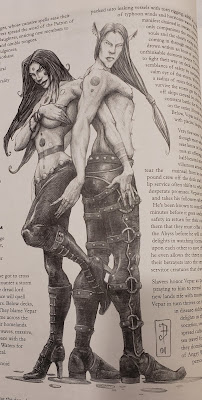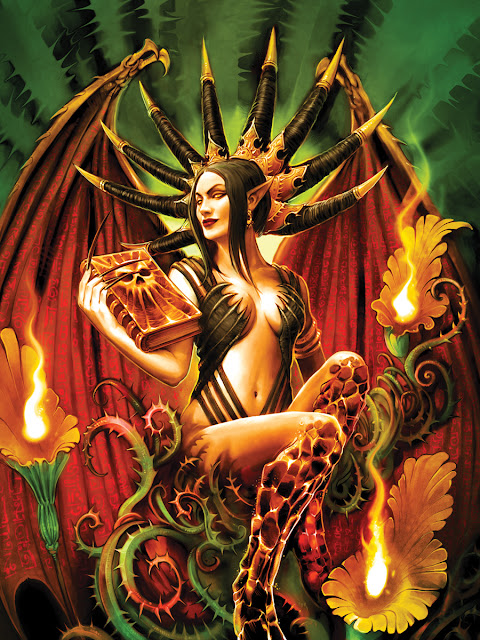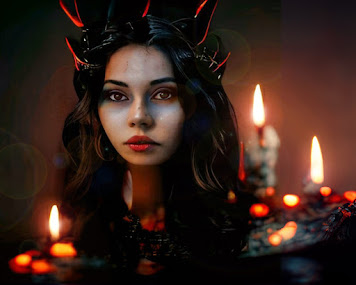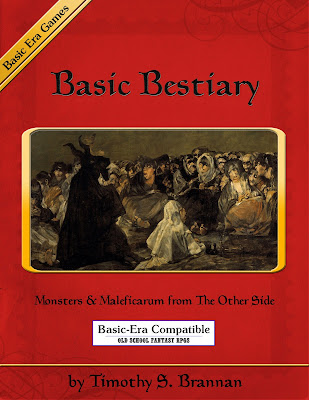We are getting much closer to Halloween now! It is cooler here in Chicago and I am ready for the seasons to change. Here at the Other Side, I am kicking up the witch topics hitting on products I have had for a while but have not reviewed or talked about.
Tonight is a good case in point. I have had this particular product in both the OGL and Pathfinder versions for years. I have not found a group that it would work well for, however. There is a lot of material here that I can use in my witch worlds. But, well. Let me get into the products and you decide.
As always I will be following my rules for these reviews.
Sisters of Rapture
OGL (d20 3.5) and Pathfinder versions.
PDFs, both 72 pages of content (76 and 74 total respectively). Color covers and interior art.
For Mature Readers. Let's approach this one upfront. The art featured on the cover is a rather tame example of the art that can be found inside. Point blank, there is a lot of nudity here and lot of sexual situations. The entire idea of the Sisters of Rapture is a class of semi-divine spellcasters centered around love and sacred sex. If this is not your thing then best to back out now. Again I have struggled with how to use some of these concepts in my games.
We know that history has had temple prostitutes, sacred sex, and many pagan rituals involving fertility. There are historical examples to fit this book more so than say the martial arts monk side by side with a horse-riding paladin in a quasi-European Medieval setting.
Plus, and I want to be truthful here, there is a lot a great and well-written material here that begs to be used. So let's get to it. Also, why am I doing these along with witches?
Unless mentioned the OGL and Pathfinder sections are largely similar. They are not 100% the same, more like 90% but both deal with their source game where they need too.
Introduction
Here we are introduced to the central concept of this book. That of the power of love. We learn of the Sisters of Rapture, a "close-knit organization of warrior-priestesses, dedicated to preserving and protecting the ideals of the various goddesses of love, beauty, sex, passion and other related concepts."
In terms of RPG applications the author (and artist) T. Catt, points to the various artists of fantasy art.
Chapter One: Love's Blessed
Here we are introduced to the Sisters of Rapture base class, also known as the Rapturous. They are a bit of a fighter, a bit of divine spellcaster, and maybe some rogue added in. They are dedicated to the various goddess of love. Their raison d'être is to spread pleasure and love around their worlds.
Here we also get our first look at the art of T. Catt; mostly nude women. Now I just finished watching HBO's hits Rome and Game of Thrones, so this fits that aesthetic, but like I said it is not going to be for everyone.
In terms of 3.x OGL/Pathfinder classes, they have somewhat medium combat abilities, good Fort and Will saves, with low Reflex saves. They can cast spells up to the 9th level, same as all full casters. They also get a power every other level. Their spells are known as "Carnal Domain" Divine spells. They get d8 HD and can only be women of any species.
There is a limit on the number of spells they know like sorcerers. Their powers largely focus on and around their sex and sexuality. There are several "kiss" powers for example. I actually rather like the Kiss powers, I have used something similar and lets be honest history is repleat with various sorts of powerful or significant kisses.
Depending on the Goddess they follow they can gain different powers. So Aphrodite grants her Rapturous different powers than Freya. Freya in particular grants her Rapturous a "Righteous Rage" ability to Rage like a barbarian of half her level.
What does this sound like? Yeah. Witches and their patrons.
Chapter Two: Love's Chosen
This covers the various Prestige Classes. I mentioned before that I like Prestige Classes, I always have. These classes work well with this base class. Though I will point out that other classes should be able to qualify for these to be within the spirit of the d20 rules; these don't really do that.
The Inamorare is something like a muse. They get some Bard-like abilities (mostly inspiration) and of the five levels they advance in spell casting in three of them. The Patron Mother takes on the role of training the next generation by taking on a Rapturous apprentice. In this respect, she more similar to a cleric. The Spellswinger (and I admit I like that name) swings both ways, Divine and Arcane magic. NOW this Prestige Class does require that character be able to cast Rapturous and Arcane spells.Yes, they are all about sex magic. My favorite though might be the Stormsister. These Rapturous are the strong arm of the Sisters and they punish anyone that harms women or stops love.
The Pathfinder version also includes various archetypes for the base class. These include the Abbess (closer to her Goddess and church), Divine Virgin (celebrates the pure divine love and refrain from sex), and the Sacred Prostitute (think of the Epic of Gilgamesh),
Chapter Three: Love's Method
This covers skills and feats. For skills there is Knowledge (Carnal). I can't help but wonder if the author was familiar with the old AD&D Netbook Book of Unlawful Carnal Knowledge. No, don't go dig it up, it's not worth it. There is also Perform (Sexual Techniques) and various Professions.
Feats are an interesting lot and could have a lot of interesting applications. Blown Kiss, for example, allows the Rapturous to "blow a kiss" or deliver a touch spell/power attack at range.
The Pathfinder also covers various traits.
The next portion of this chapter covers the Carnal Domain Spells. There are only nine, but since the publication of this book there have been plenty of others that would work.
There are some magic items. The Rings of Faithfulness are certainly interesting.
Chapter Four: Love's Divinity
This chapter covers the various goddess of love, beauty, and sex. These include the expected Aphrodite/Venus, Isis, and Freya. Others are briefly mentioned. Shout outs to my favorites Astarte and Brigit. Additionally, we are presented with a "new" Goddess, Parvati.
The Pathfinder version is largely the same but I think a mention of the Goddess of Love Shelyn and her lovers Desna and Sarenrae should be in order here. I feel that their combined faiths would be perfect for the Sisters of Rapture. (I know these goddesses are not "open" in terms of the OGL so they could not be included in this book).
Chapter Five: Love's Order
This details the society and church organization of the Sisters of Rapture. This includes the religious practices of the Sisters and the roles they are play within the church organizations.
Chapter Six Love's Relations
It seems odd to call these creatures monsters, but they are creatures/people that are associated with or related too the Sisters of Rapture. There are the Theliel, the Archons (Angels) of Passion. The Beloved, undead victims of the Succubus. The Congress of the Wolf, an all-male group in opposition to the Sisters. We just call them the Patriarchy. There is Lileetha the Queen of the Succubi. The Half-Nymph and Huldra. The Pleasure Ooze looks like a woman but is really an ooze that wants to eat you. As does the Venus Mantrap.
I will say this for Pathfinder. The "Evolved" monster stat block makes it a lot easier to read than the base D&D 3.x one.
Appendix 1: Who's Who
This covers various Raprurous NPCs. Theophania Leandros the current Overmother, Althea Acarides a half-nymph Sister of Aphrodite, Saereid an elven Sister of Freya, Ninythys a human Sister of Isis, and Kamala Siddah a humanSister of Parvati.
Appendix 2: Modern Rapturous (OGL)
Here the books differ quite a bit. The OGL version covers the Modern d20 book and how the Sisters of Rapture exist in the modern age.
The OGL book ends with one of the most attractive-looking character sheets I have ever seen.
Appendix 2: The Nefer-Sefet (Pathfinder)
This is a special sect of Isis-worshiping Sisters of Rapture that attach themselves to an Arcane spell caster and bolster their powers. Essentially they are a living Meta-magic battery for these arcane spell casters.
Both the required OGL pages.
So. What to make of all of this.
Well, there is a lot of great mechanics here. The class is solid and even if you toned down the sexual aspect of it there is a lot her that is good to play. You have to ask though what is here that a cleric could not do or even should be able to do. This is a divine spellcaster. There are some powers, but I think a cleric could cover similar ground. I guess at some level the differences are the same between a cleric and this class and a wizard and a witch.
I also can't but help but admire the complete level of detail the creator has gone in on this. While others might scratching their head about where to use this class you know that T. Catt has thought about all of these things and more. It's obvious from the level of detail here.
Among other things, the half-nymph is a great idea, the various feats have some wonderful uses, and the creature section has some surprise hits.
For me there is a lot here that could be used with my various witches. I have reviewed Swine Witches and Worm Witches already in the last week. I have Green, Winter, Pagan, Hedge, evil and more witches in my own catalog, a sex(y) witch is not too far from any of those. Hell. Some of the material here would have worked just fine in my Pumpkin Spice Witch book.
I guess each Game Master has to decide on their own how to best use this sort of book.


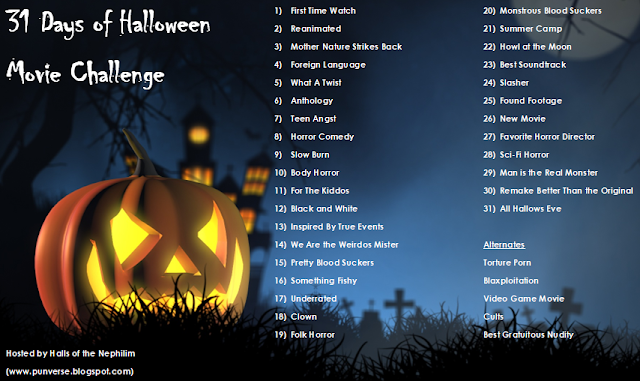
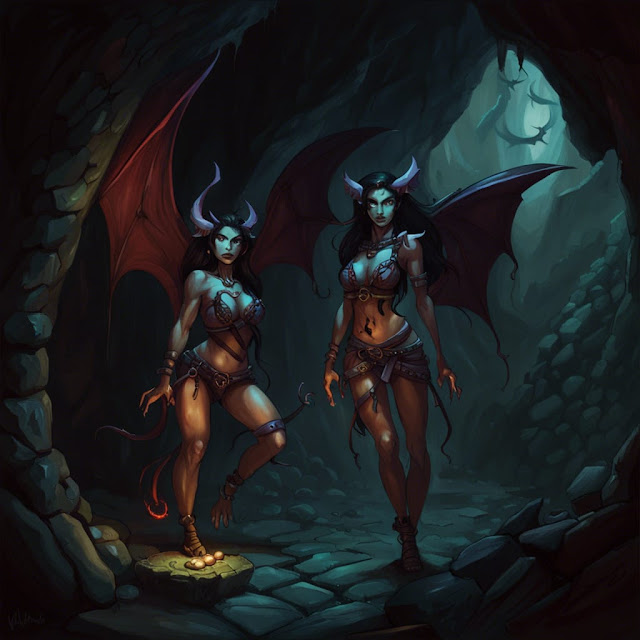

.png)
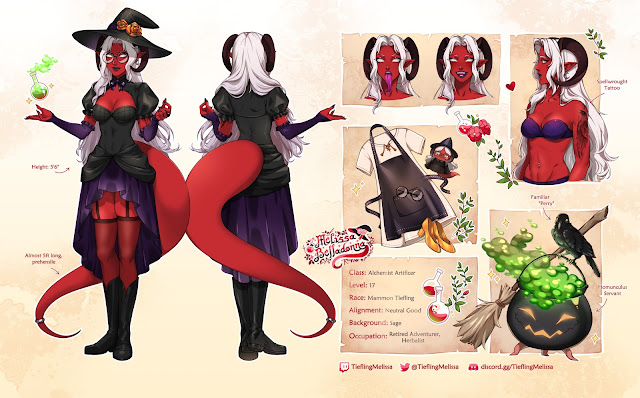




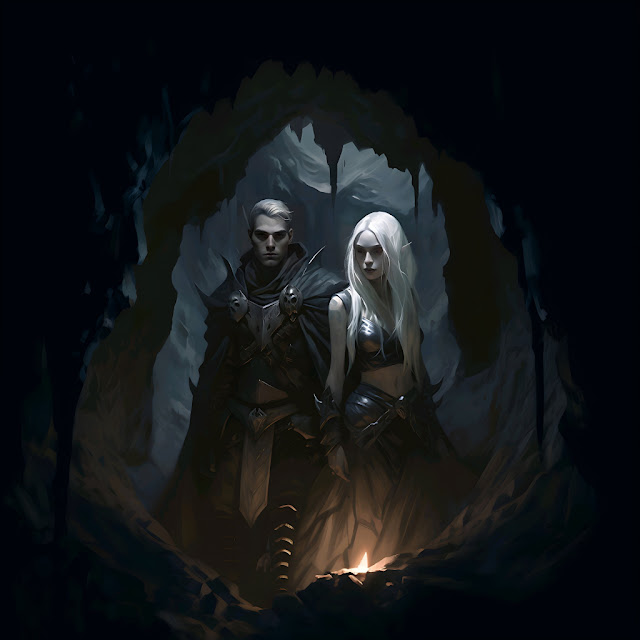

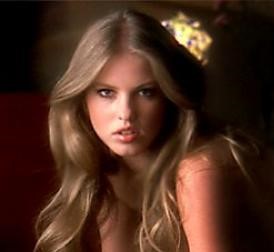


.png)

.png)
